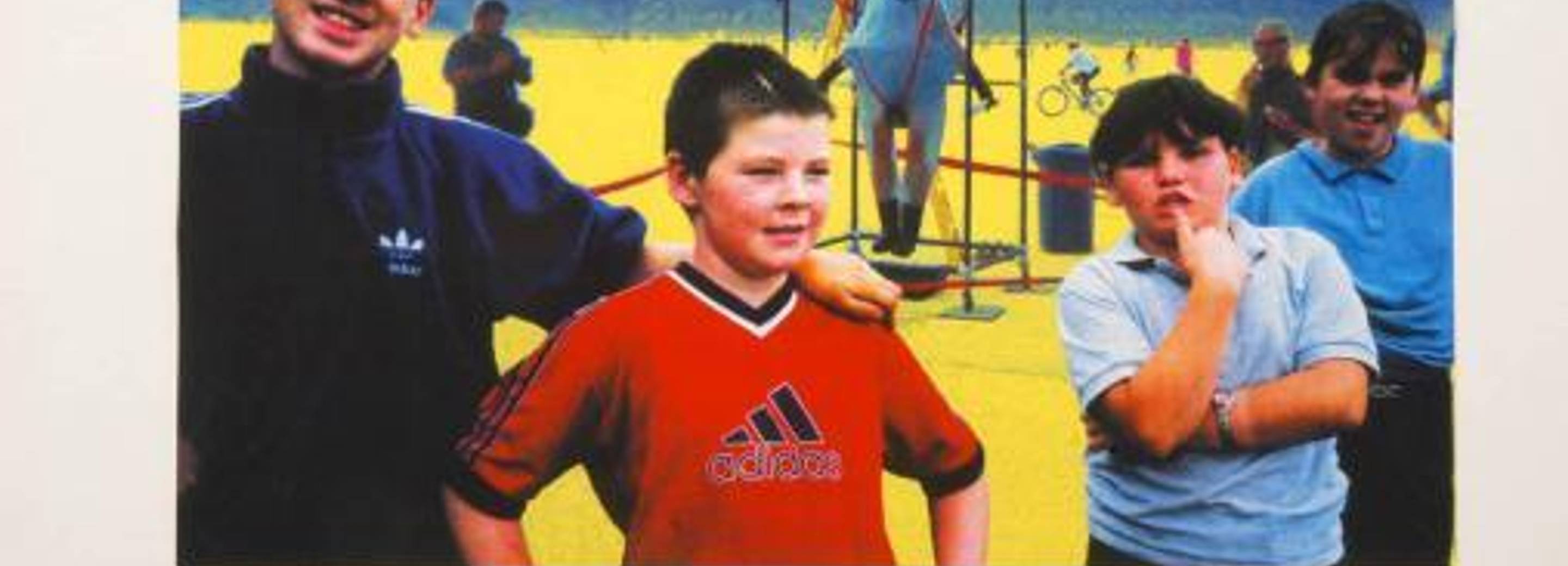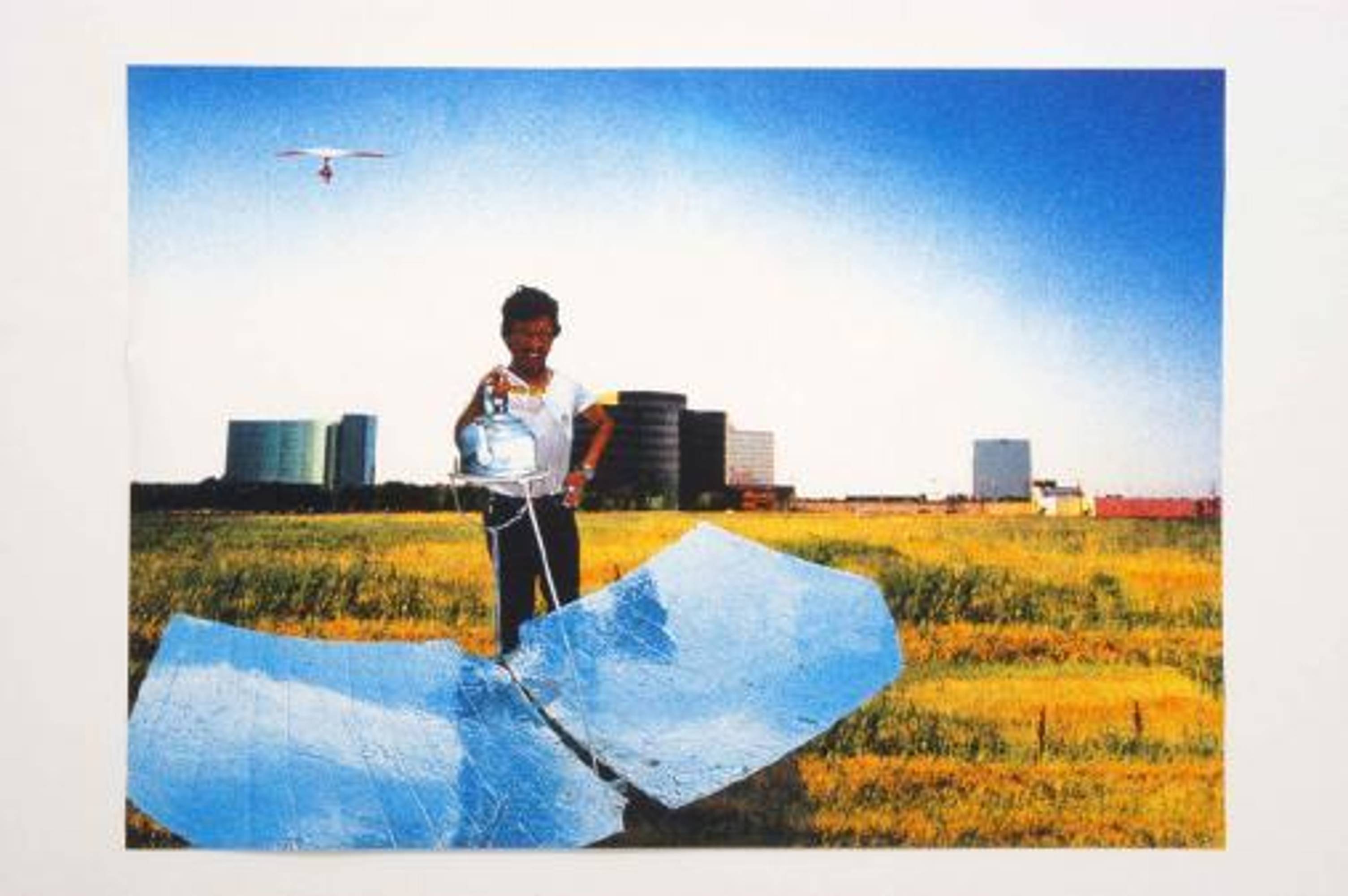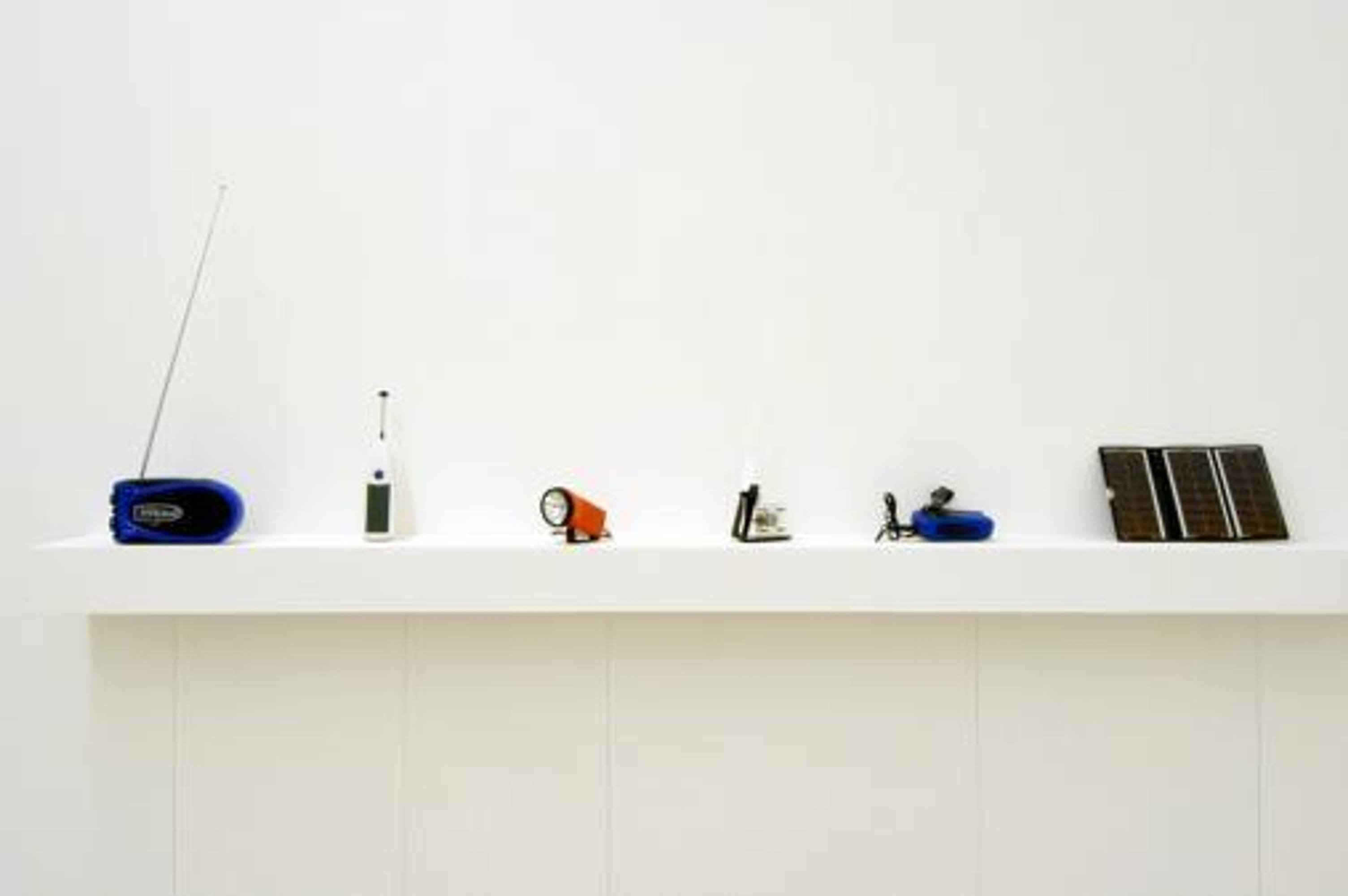MARJETICA POTRC – STRATEGIE URBANE
“I like sharing the study of these communities with people who go to galleries and museums, which are just those places where complex issues such as beauty, form and idea are woven. Beauty is a singular concept. You can try to explain beauty rationally, but in the end, your are struck by it only when your body understands its essence.” (Marjetica Potrc) The exhibition “Marjetica Potrc – Urban strategies” at the Galleria Museo Ar/ge Kunst (24.10.-06.12.2003) explores a crucial modern trend, that is the marriage between architecture and art. In the last few decades this trend has been growing and has become a fundamental subject of aesthetic discussion and architectural and artistic activities.
The theories of architecture and urban planning are increasingly influencing modern art theories and aesthetic criteria, in a way that not long ago would have been dismissed as inconceivable. A profound analysis of shapes is taking place, coinciding with a deep understanding of current social phenomena and giving rise to works of great beauty, sense and interest. Marjetica Potrc was born in 1953 in Ljubljana, Slovenia. She received degrees in architecture (1977) and fine arts (1986) from the University of Ljubljana. Her work has been featured in numerous solo exhibitions from 1988 onwards all over Europe and the United States. The artist represented Slovenia at the Venice Biennale in 1993 and has participated in numerous group exhibitions, such as the 23rd Bienal Internacional de Sao Paulo (1996), Skulptur Projekte in Münster (1997), Manifesta 3 in Ljubljana (2000), Art Unlimited in Basle and the Venice Biennale (2003).
In 1996, Marjetica Potrc won the Philip Morris award for art promotion and in 2000 a stage with solo exhibition at the Künstlerhaus Bethanien in Berlin. In the same year she was the recipient of the Guggenheim Museum’s Hugo Boss Prize (New York). In her projects, Marjetica Potrc investigates the edges of the contemporary city, analysing the housing models of so-called poor areas; cities that frame the strident contrast between richness and poverty, with their underdeveloped areas that lack all primary constituent elements and, due to the poverty of their inhabitants, have very limited material resources. She is an observer of the slums on the urban fringes of big cities such as Caracas, Sao Paulo or Rio de Janeiro, and dwells mainly on the human sphere, from a geopolitical point of view.
The artist is especially concerned with urban planning and creative settlement models, as well as the way in which people adapt to the continual changes and conditions in the various architectural contexts of a modern city. Last year, Potrc was engaged in several projects presented as studies in numerous exhibitions throughout Europe and the United States, and subjected to a continual artistic metamorphosis and development of contents, such as Duncan Village. The artist shows her Western audience these structural solutions with respectful and authentic admiration, without any moralising social comment, yet representing them as anthropological facts that, in an exhibition context, assume the form of architectural concepts.
In a world that is characterised by globalisation and migration, these settlements depict life on the fringes of society and document the individual involvement and self-sufficiency of their inhabitants. Besides the planned sections of the urban layout, Marjetica Potrc is concerned with the creative opportunities lying in these temporary dwellings, which are the fruit of necessity. In this way, she depicts how a discriminated economy frames the official economy of an organised city and how this allows the inhabitants of favelas, borgate and townships to enjoy an autonomy that can certainly represent a challenge in the scenario of the city.
In other words, Marjetica Potrc’s works can be interpreted as antithetical models of the urban utopia of an efficient city. In the Galleria Museo, Marjetica Potrc shows many examples of her artistic discussion with urban strategies:
First of all, Duncan Village, an example of self-organised architecture in South Africa. This project represents the fourth generation of “Duncan Village”. After her participation in the Galerie Nordenhake in Berlin (2002), Duncan Village has also been displayed at Badischen Kunstverein di Karlsruhe and Art Unlimited 2003 in Basle. The fourth generation of the South African model has been created specially for the Galleria Museo in Bolzano.
This work is a hut that Marjetica Potrc observed in an architectural plan in Duncan Village, East London, South Africa. It features various elements, such as the tight co-operation between town planners and colonisers in the realisation of these structures, the fusion between formal city and informal city, which make this work a perfect study. For this project and an aid programme, the city of East London has authorised the construction of urban infrastructures for drinking water and electricity supplies and waste water treatment in Duncan Village, leaving to its new inhabitants the responsibility of building their own houses on free initiative. Furthermore, the exhibition includes various objects that, through a fusion of high-tech and low-tech elements, offer functional and creative solutions, in order to make people’s lives easier by means of elementary solutions. Not to mention the photographic works of the “City States” series and Urban Independent Web Project that give an overall view of the artist’s works.



